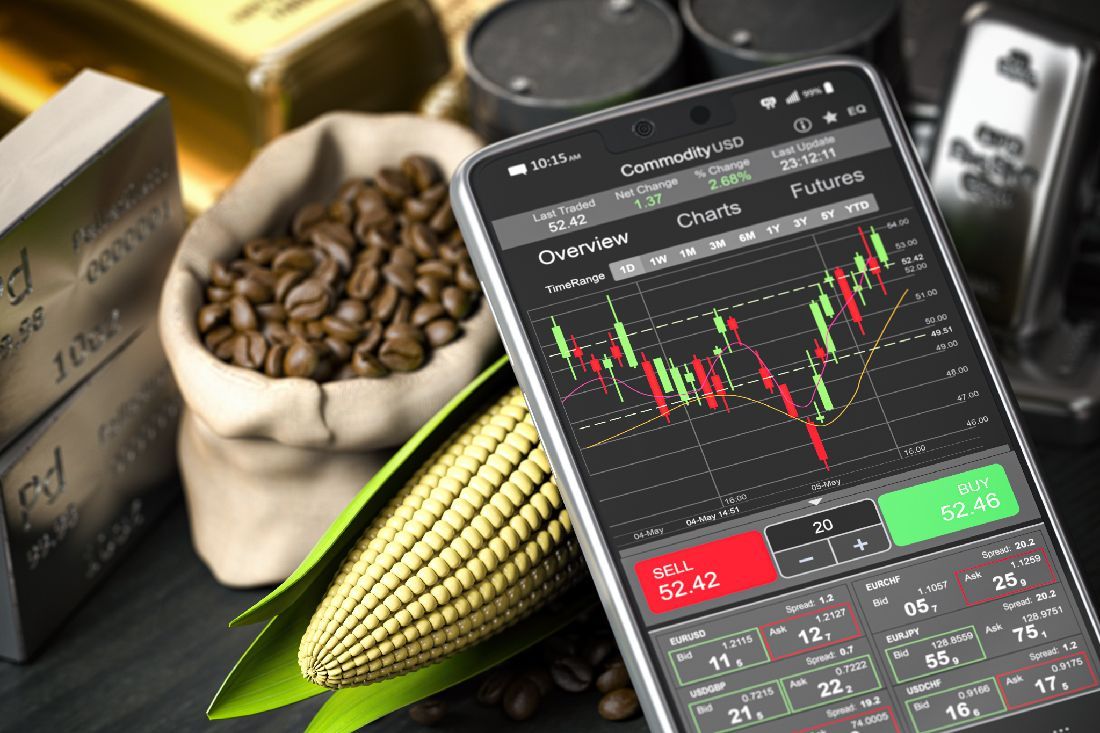Trading commodities is like being on the chessboard of a game of high stakes. Every move there takes strategy, foresight, and intuition on one’s opponent’s probable next move. However, in this case, the “opponent” is the very dynamic nature of the market, where prices can rocket or plummet without warning due to some number of reasons. And, as with chess, even if the move seems risky, it should be measured against the potential payoff, where all possibilities are weighed before making the actual move. Whether you are an experienced trader or a beginner, knowing the risks as well as returns in commodities trading is essential to sustaining the business in the long term.
The benefits of commodity trading
One of the significant attractions of commodity trading is that it can provide considerable profits. Where a good composer knows how to play the rhythm and move in harmony with the trends, so too does a skilled commodities trader know how to make use of lines of market trends and rhythms to his favor. They make substantial returns by correctly predicting the movement in prices.
One of the biggest payoffs from commodity trading is diversification. Since commodities markets often move independently of the broader stock and bond market, they offer a hedge on broad economic downturns. A given example would be when stock markets are going down; however, the price of gold—a widely held safe haven asset—might be up, thereby padding the portfolio. In this way, commodity trading can provide for portfolio stability during uncertain economic conditions.
Another advantage is the liquidity of many commodity markets. Higher volumes of trading in oil, gold, and agricultural products allow for an easy entrance and exit in positions. Such liquidity can work in favor of short-term traders who function best under the influence of volatility and rapid price fluctuations.
The Dangers of Commodity Trading
However, commodity trading is vulnerable to risks, and there should be no underestimation of these. Just as a football player risks his body through every tackle, commodity traders risk their finances with each trading decision.
The most important risks facing commodity trading are market volatilities. Commodities have been known to swing wildly on any day; instances of this can arise because of geopolitical events or natural disasters, imbalances in the supplies and demands, and even speculative trading. For example, a hurricane that hits the Gulf of Mexico may cause some oil to be lost in production, which could immediately escalate prices for oil.
Other risks that are perceived by traders include leverage. The trades are highly leveraged, meaning borrowing money to give a bigger amount of value for the trades. It can multiply profit in case of success but increases the potential of loss in case of failure. Over-leveraging may sometimes push a trader to margin calls whereby money is deposited to curb losses or even the liquidation of their positions.
Commodities trading risk management
The risks are evident, but there are ways to control them. Diversification is perhaps one of the most important. It’s not as if a basketball coach would put all his eggs in one basket—traders should put their eggs into different commodities so that their bets don’t fail at once. Potential losses can also be limited through stop-loss orders-a position automatically closes if a commodity hits a certain price.
Trading commodities is more preparation and risk-taking than another sport or competitive pursuit. Rewards abound: diversification, potential for profits, and liquidity-but so do risks, including market volatility and leverage exposure. The way to succeed is to understand the risks and rewards, create a clear strategy, and maintain some excellent risk management practices. With those things in place, traders can successfully navigate this volatile market, minimize losses, and maximize potential gains.
